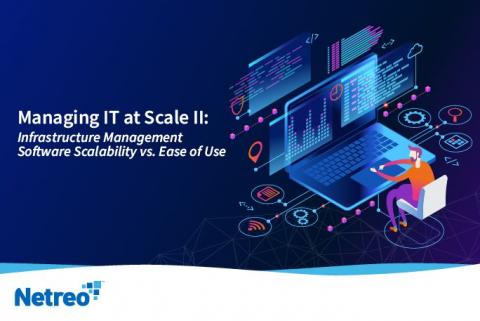Kubernetes in the Public Cloud
In a relatively short amount of time, Kubernetes has evolved from an internal container orchestration tool at Google to the most important cloud-native technology across the world. Today’s enterprises are adopting Kubernetes to speed up the development process and build and deploy modern applications at scale, and they’re doing so at an incredible pace.











